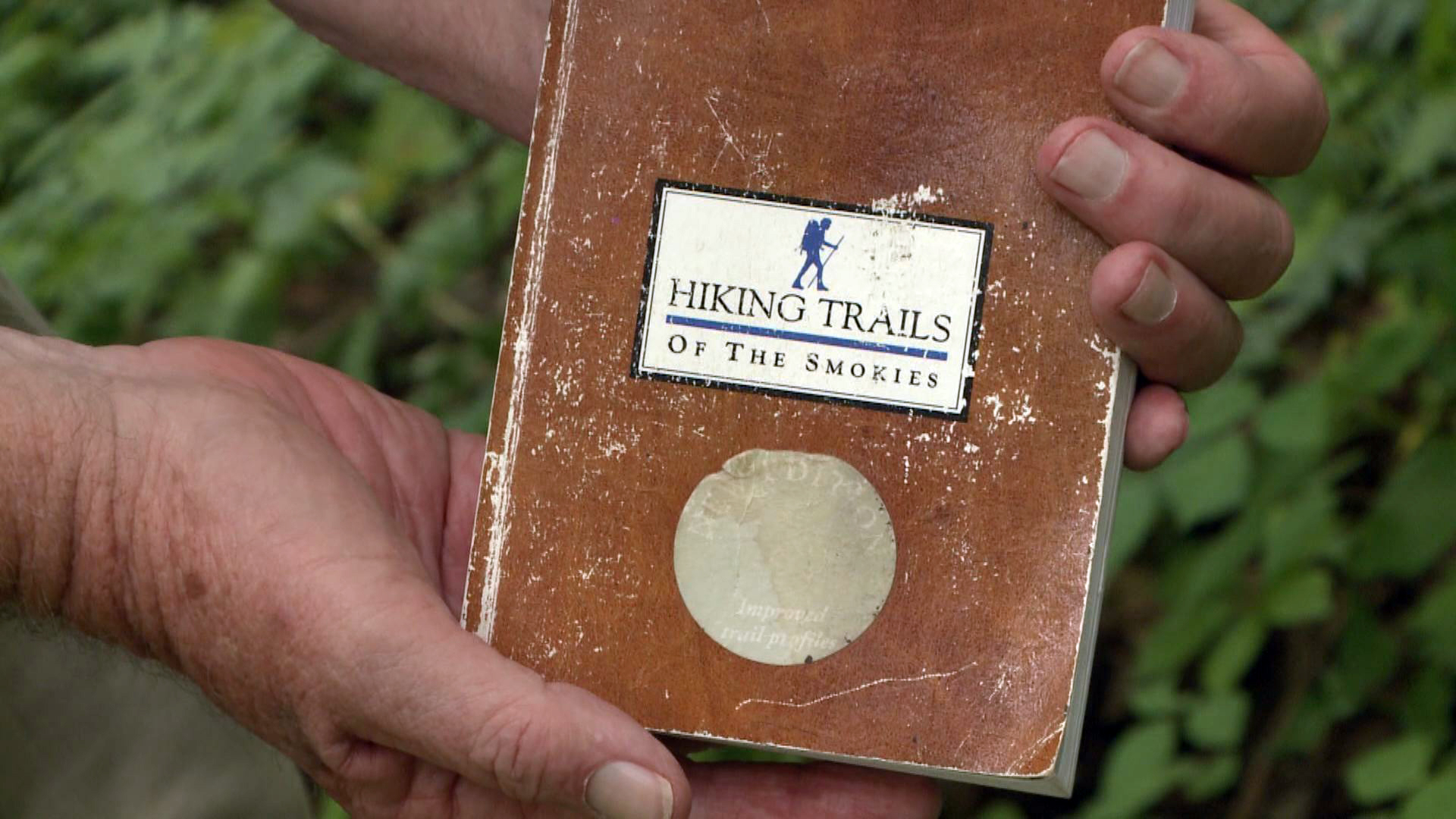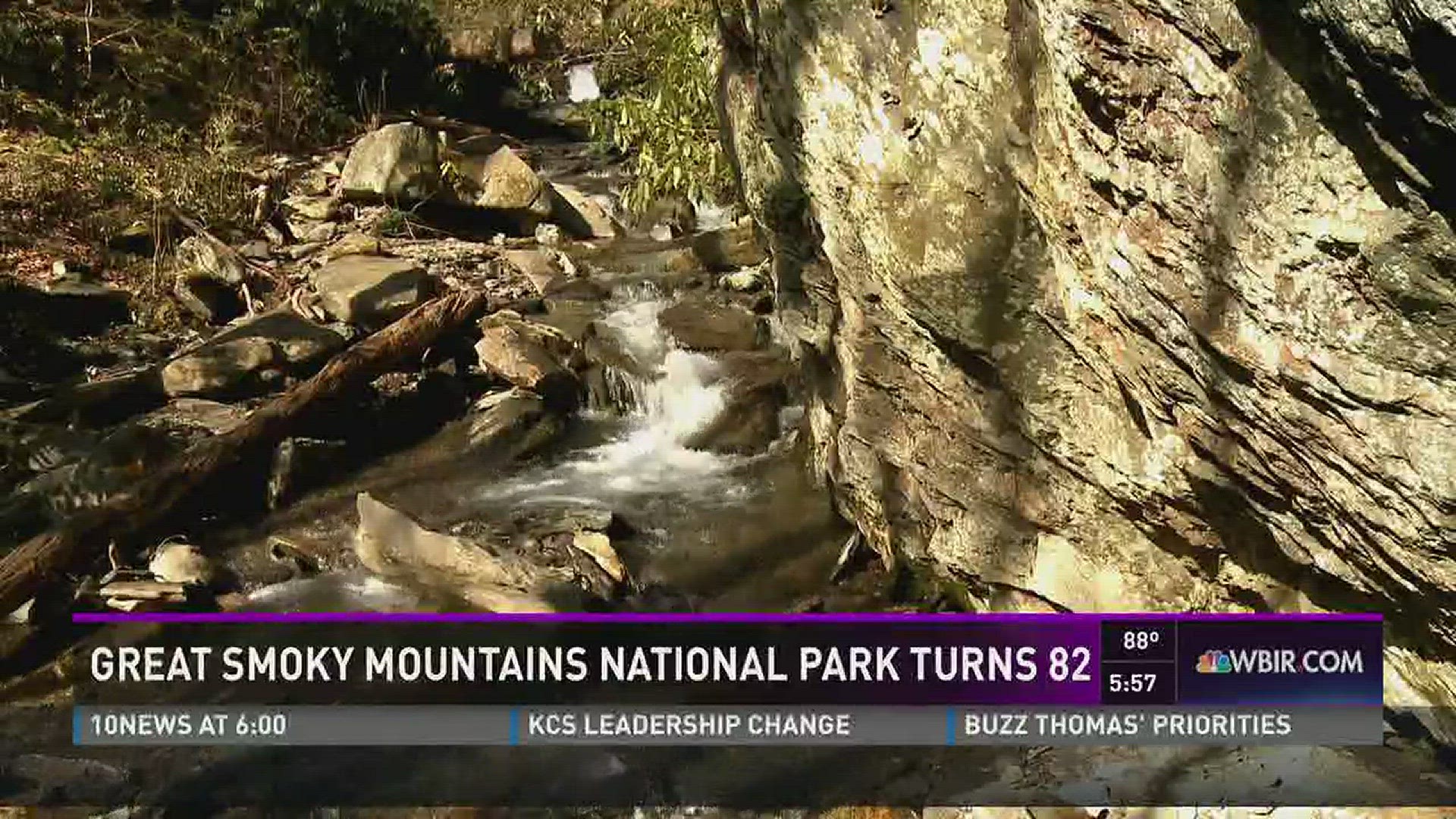Wednesday marked the 82nd anniversary of the Great Smoky Mountains National Park. In the decades since it was officially established on June 15, 1934, the park's picturesque panoramas and trails have attracted millions of tourists and transformed lives.
The Appalachian paradise now draws more than 10 million visitors a year. For longtime WBIR videographer Kevin Umberger, the trails of the Smokies truly changed his life path.
"I was living in Pennsylvania and dating a girl when we took a vacation in fall 1994 to the Great Smoky Mountains. We were hiking on Alum Cave trail and told her, 'This is the kind of hiking I want to do... I think I want to move down here.' The Park is the whole reason I moved to Knoxville," said Umberger.

In the decades since he moved here, when Umberger was not shooting video for the news, he was hitting the trails. He set a goal to hike every mile of every trail in the 500,000 acres that comprise the Great Smoky Mountains.
"I'm a goal-oriented person and saw something in the newspaper about a 900-miler club for people who hiked every trail. It appealed to me. It's actually less than 900 miles of trails if you truly count the mileage one-way, but if you hike every trail you'll go more than 900 miles because you'll hike the same trail out-and-back. For example, if you hike to the top of Mt. LeConte on Alum Cave Trail and come back down the same way, you technically hiked that trail twice," said Umberger.
Now Umberger is on an ever-growing list of hikers to travel every inch of trail in the Smokies by foot. He also completed a goal of spending a night in every backcountry shelter. While there were some delays along the way, he completed the quest in around nine years.

"It took me that long for a few reasons, but mostly because I did almost all of the hiking on weekends without ever using vacation for extended trips. I would hike 40 weekends out of the year," said Umberger. "I really like the North Carolina side because it's a little bit more remote, there are fewer people, there's more wildlife, and there's a lot of history back there. But it's also a lot harder to get to."
Umberger said one of the things he enjoys about the Smokies is the history of the people and the remnants that remain intact 82 years after the park was formed.
"There are a lot of national parks that were entirely wilderness when they were created. The Great Smoky Mountains are unique because so many people lived here before it was a park. There are a lot of home-sites and communities and you see that history with the rock walls, chimneys, and the cemeteries that show the genealogy of the people who lived in the park," said Umberger.

The location of the park certainly boosts visitation. Half the U.S. population can drive to the Great Smoky Mountains in one day. Unlike many national parks, visitors also do not have to pay admission to enter.
Umberger believes the variety the park offers is what truly keeps people coming back. He cites the ability to do everything from fishing, tubing, backpacking, or just driving to scenic overlooks. Even if someone has hiked every mile of every trail, he says there are reasons to return.
"Everything is unique. Every mile of the park was a different experience, in a way. The same trail can be very different depending on the time of day and time of year. It's different every day. You can hike all the trails in the park and still not see everything the park has to offer."

